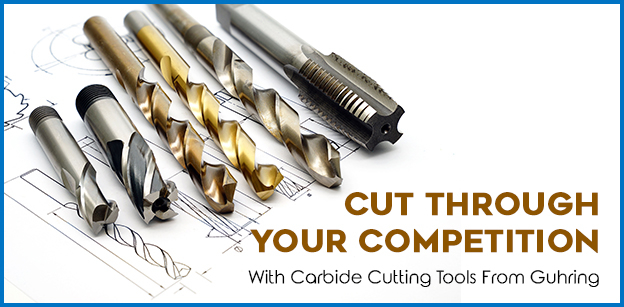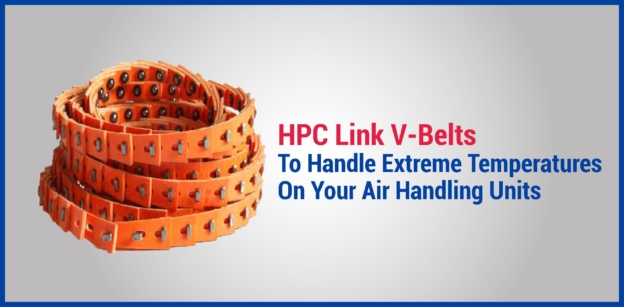The Fenner® PowerTwist PLUS belts are built using the best possible materials, making them resilient against adverse working conditions that they are frequently exposed to. Power Twist PLUS link V-belts are manufactured from an exclusive, high strength urethane/polyester composite making them incredibly strong and flexible at the same time. Their make makes them superior to the earlier designs and renders them a popular choice in industrial, marine, agriculture and heating & ventilation systems. Its unique cross-link design gives a raw edge cog construction providing excellent durability and performance, delivering higher power ratings than almost any other link type V-belts on the market. When the tension is applied to the belt, the cross-link design locks tightly thus producing the lowest stretch of any link V-belt. The PowerTwist Plus link V-belts are suitable for any power transmission application designed to use classical A/13/4L section industrial rubber V-belts. They are also ideal for conveying applications designed for A/13/4L section belts. The PowerTwist v Fenner belt comes in classical red and metric wedge blue section profiles.
Here are a few points that set Power Twist Plus Belts ahead of their counterparts:
1. Quick and easy to install: The Power Twist V belts can be easily made to the required length and installed quickly without the need to dismantle drive system components. Just make it to length by hand, without any tools. No curing time, just twist and go!
2. Requires minimal maintenance: With high tensile strength and a low stretch, the power twist belts are tough and long-lasting. It also requires no lubrication while in operation.
3. Runs longer: The power twist v belts surpass the capacity of conventional rubber belts when it comes to standing tough climatic conditions and extreme temperatures (-40° to +116°C ). It also displays strong resistance against water, oils, grease, and other common industrial solvents. Conventional SBR/chloroprene brand V-belts simply can't compete. If your drive environment is like hell's kitchen and conventional V-belt life is down to a few months, PowerTwist Plus may be your long term answer.
4. No need to stock: The best part of power twist belts is that they can be built on-site and simply added in the missing block. This means, there is no need to stock belts of varying lengths in anticipation of a breakage. You only need to stock the most common cross sections - 3L, 4L/A, 5L/B, C and D - and you'll have a near 100% on-site availability guaranteed.
5. A product for all your needs: Power twist link V belts works best for applications such as those requiring minimal contact surface, high grip, resistance against abrasives, non-marking, working at high-temperatures, exposure to oil and industrial chemicals, etc. There is always one PowerTwist Speciality belt waiting to serve your needs.
Applications of PowerTwist Plus belts
● Warehousing
PowerTwist Plus is used majorly as a power transmission belt on a belt-driven roller, power curve and line shaft conveyors.
● Sheet Metal
PowerTwist Plus exhibits high tensile strength and excellent resistance to oil and abrasion, making it an apt belt to transport metal sheeting and fabricated forms.
● Glass
Being resistant to cuts and tears even at high temperatures, PowerTwist Plus V-Belts are used extensively in the glass industry.
● Washdowns
Washdowns typically deal with high pressure water and detergents. A PowerTwist Plus belt is ideal here as it displays resistance to water even at elevated temperatures.
● Wood & Tile Conveying
PowerTwist Plus displays excellent abrasion resistance and product grip making it the ideal choice for wood conveying.
MK Industrial Suppliers is recognized as one of the best fenner v belt distributors in India as the products are sourced directly from Fenner and are delivered straight to you. Our product range is comprised of PowerTwist Plus and NuTLink V-Belts for classical section drives and SuperTLink V-Belts for applications using metric wedge SP rated belts.










